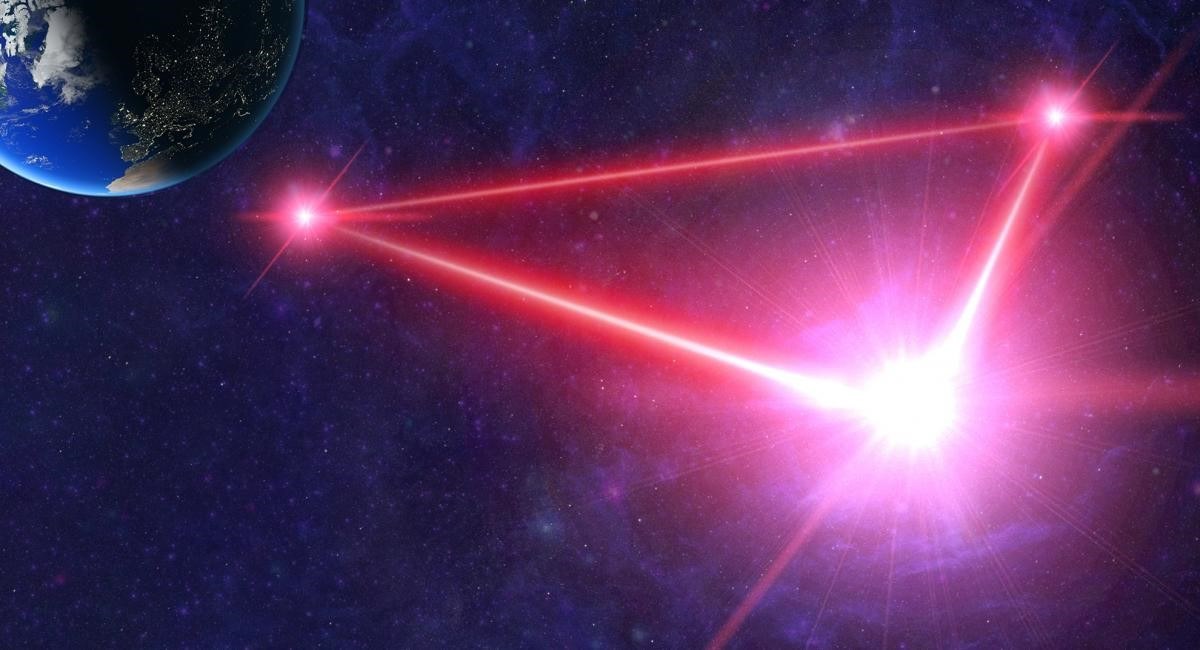LISA – Detecting oscillations in spacetime
LISA – Detecting oscillations in spacetime
The LISA observatory will detect low-frequency gravitational waves from space and determine the nature of their sources with great accuracy once it goes into operation at the end of 2035. Gravitational waves — oscillations in space-time — are caused by the rapid acceleration of incredibly massive objects, such as the merging of two stellar-mass or supermassive black holes. The tiny amplitudes of a gravitational wave can only be detected by highly sensitive laser interferometry. In LISA, this laser interferometer is created by three identical probes that form an almost equilateral triangle with sides measuring around 2.5 million kilometres. This will make LISA by far the largest observatory ever built.
Credit:
NASA/JPL-Caltech / NASA / ESA / CXC / STScl / GSFCSVS / S.Barke (CC BY 4.0)

